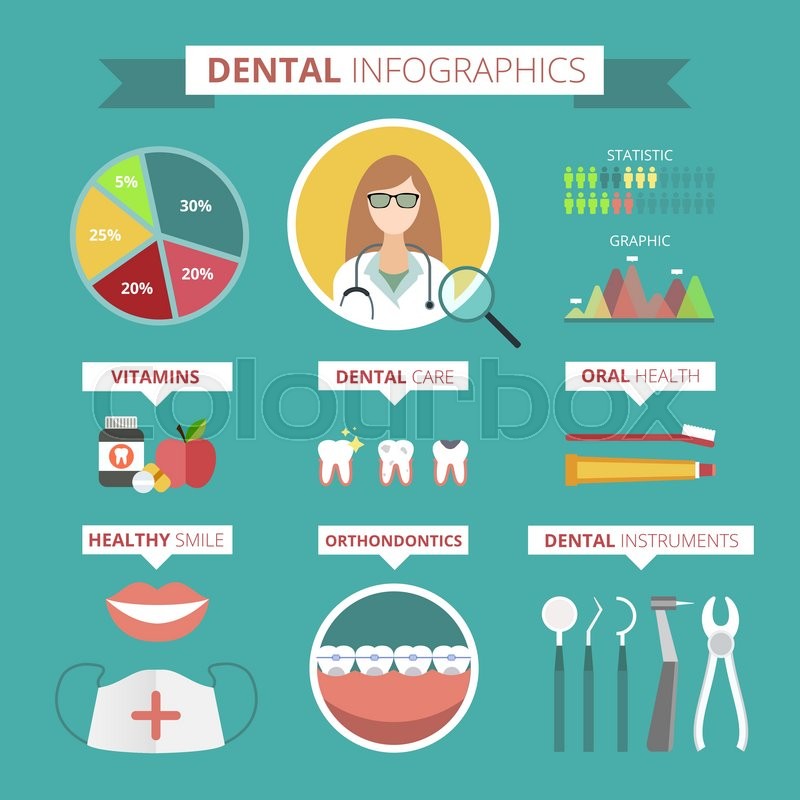Prepare Yourself For Unexpected Oral Emergency Situations By Having The Ability To Determine The Signs And Symptoms Of Trauma And Understanding The Ideal Time To Seek Instant Medical Interest
Prepare Yourself For Unexpected Oral Emergency Situations By Having The Ability To Determine The Signs And Symptoms Of Trauma And Understanding The Ideal Time To Seek Instant Medical Interest
Blog Article
Post Writer-Tyler Weiner
If you feel an abrupt jolt of pain or observe a tooth injury, it can be disturbing. Yet how do you identify if it's an oral emergency situation that requires immediate focus? Recognizing the critical signs and understanding when to look for assistance can make all the distinction in protecting your oral wellness. Recognizing when to act swiftly could indicate just click the following website in between a quick fix and much more extensive treatment.
Common Types of Dental Injury
What're the usual types of oral trauma that you should recognize?
Crashes can occur, bring about numerous sorts of oral injuries. https://messiahahrsu.loginblogin.com/37507533/aftercare-for-dental-implants-guidelines-for-a-successful-recovery-refine of dental injury is a cracked tooth. This can take place from attacking down on something difficult or experiencing a strike to the face.
An additional type is a busted tooth, where a part of the tooth can chip off. Additionally, you might experience a knocked-out tooth, which can occur throughout sports or falls. It's crucial to manage the tooth very carefully and look for immediate oral interest.
Oral trauma can likewise include a tooth that has been pushed out of setting or loosened up as a result of an injury. This sort of injury needs punctual treatment to save the tooth.
Lastly, soft tissue injuries in the mouth, such as cuts, can also occur from mishaps. Learning about these common kinds of oral injury can aid you act swiftly and properly in case of an emergency.
Indications of Oral Emergencies
Identifying the indicators of oral emergency situations is crucial for punctual activity and proper therapy. If you experience extreme tooth discomfort that's constant and pain, it might suggest a hidden issue that needs instant interest.
Swelling in the periodontals, face, or jaw can likewise signify an oral emergency situation, particularly if it's accompanied by pain or high temperature. Any type of sort of trauma to the mouth leading to a split, broken, or knocked-out tooth needs to be dealt with as an emergency situation to stop additional damages and potential infection.
Hemorrhaging from the mouth that doesn't quit after applying stress for a couple of minutes is another red flag that you must look for emergency situation dental care. Additionally, if you discover any type of indicators of infection such as pus, a foul taste in your mouth, or a high temperature, it's vital to see a dental expert immediately.
Neglecting these indicators can lead to more significant issues, so it's important to act swiftly when faced with a prospective dental emergency situation.
Importance of Immediate Therapy
Trigger action and instant treatment are important in addressing dental emergency situations to avoid further difficulties and guarantee ideal results for your oral health.
When confronted with an oral emergency, such as a knocked-out tooth or serious tooth pain, looking for instant therapy can make a substantial difference in saving your tooth and easing pain. Delaying treatment can lead to infection, enhanced discomfort, and also irreversible damage to your teeth and gum tissues.
By looking for emergency dental treatment quickly, you enhance the possibilities of effective treatment and repair. Dental experts have the required skills and equipment to address emergencies successfully, lowering the danger of lasting repercussions.
Furthermore, immediate therapy can assist handle pain and discomfort, allowing you to resume your everyday activities without diversion.
Final thought
Finally, understanding dental trauma and knowing when to look for first aid is essential for maintaining oral health and wellness.
By recognizing usual sorts of oral injuries and the signs of dental emergency situations, you can guarantee prompt care to avoid additional damages and complications.
Remember, looking for immediate therapy can save teeth, lower discomfort, and boost the possibilities of successful healing.
Don't hesitate to seek aid from an oral professional if you experience any type of indications of oral trauma.
